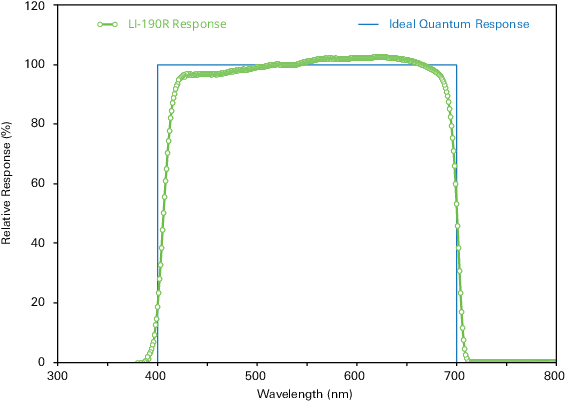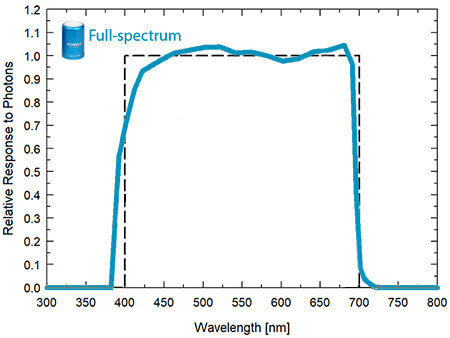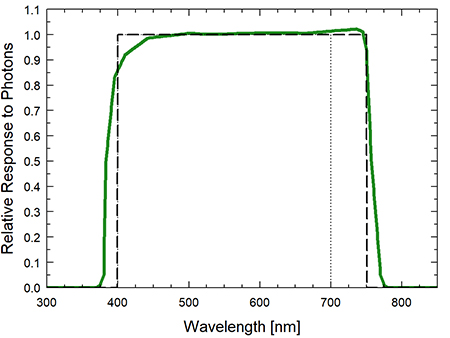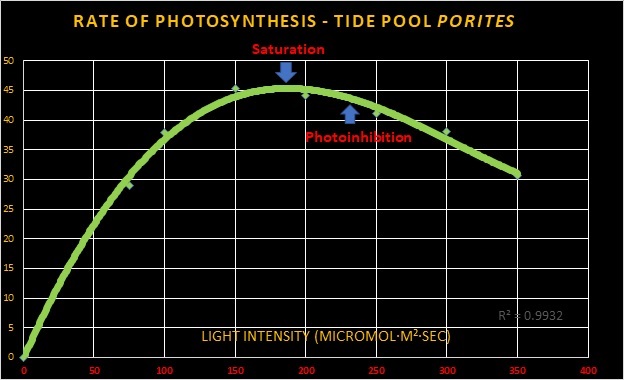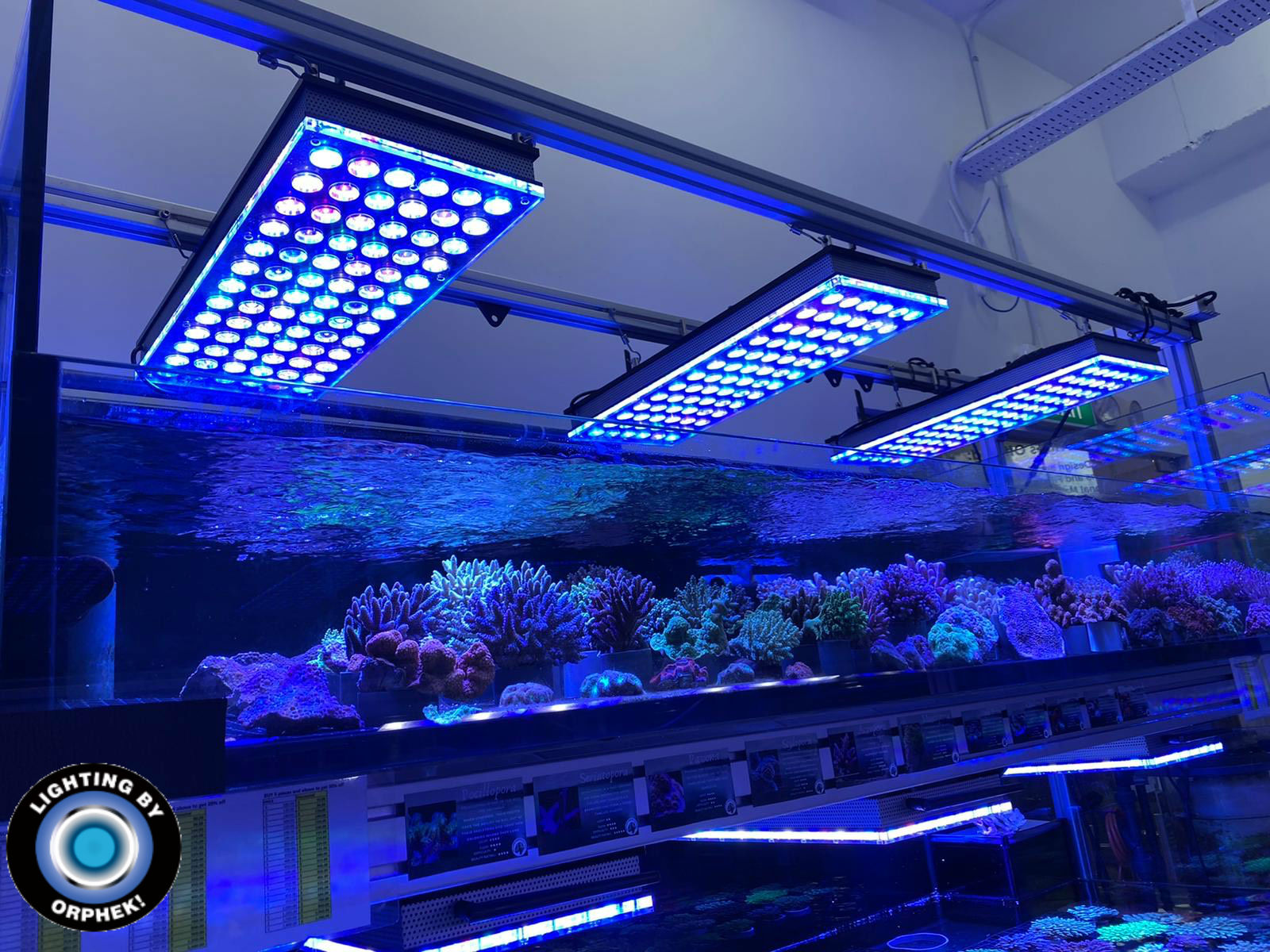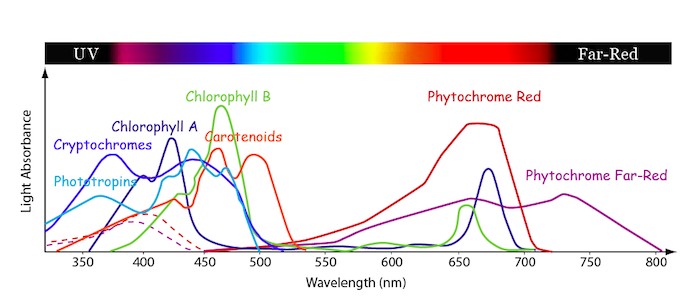You know that I think that both UV and IR are both important. UV for energy and color rendition and IR for energy processing. This does not surprise me.
What nm of IR are you using? I have seen evidence that 680 to 850nm all does something. I am mostly just curious.
BTW - that UV and IR are not being read by a hobby PAR meter. They are outside (mostly) of the visible range that a hobby grade meter can capture. If you are using a better meter, please let me know since I like to consider all of this in my head. 880 PAR on a LiCor with UV and IR is different to me than 880 PAR with UV and IR on an Apogee, if that makes sense.
What nm of IR are you using? I have seen evidence that 680 to 850nm all does something. I am mostly just curious.
BTW - that UV and IR are not being read by a hobby PAR meter. They are outside (mostly) of the visible range that a hobby grade meter can capture. If you are using a better meter, please let me know since I like to consider all of this in my head. 880 PAR on a LiCor with UV and IR is different to me than 880 PAR with UV and IR on an Apogee, if that makes sense.






